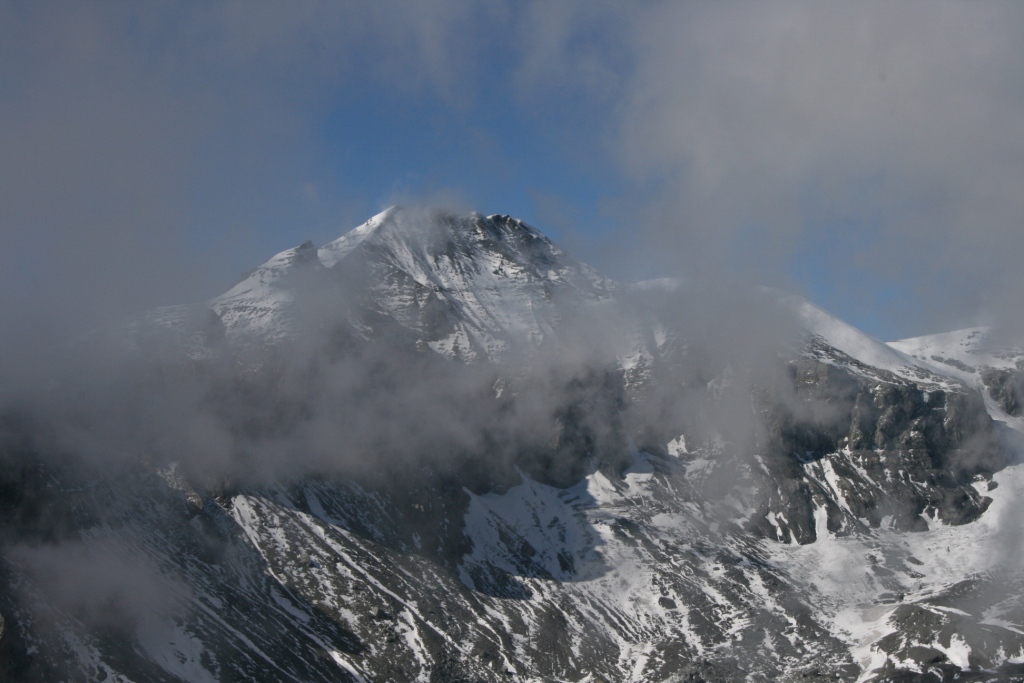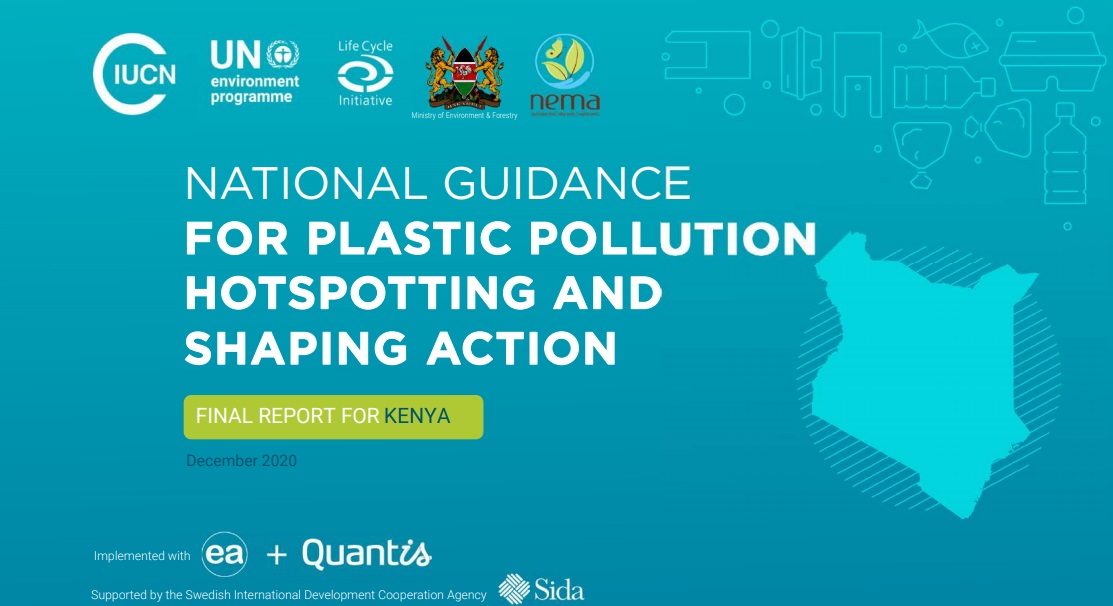More World Heritage Sites, more challenges for conservation
Paris, France, 29 June, 2011. Four outstanding natural sites in Kenya, Jordan, Australia and Japan were given World Heritage status following the advice of IUCN to the World Heritage Committee, which closes today in Paris. An extension to an existing World Heritage Site in Ukraine and Slovakia was also granted to the Ancient Beech Forests in Germany.
Following IUCN’s recommendations, two natural sites in Indonesia and Honduras were added to the list of World Heritage in Danger.
“This move mobilises international support for the planet’s extraordinary places that are facing serious threats to their conservation,” says Tim Badman, Director of IUCN’s World Heritage Programme. “International efforts are essential to secure the future of our planet's remarkable natural reserves and the life-support services they provide.”
Last week Manas Wildlife Sanctuary in India was removed from the Danger List following the advice of IUCN. This was a result of successful conservation action on the ground and hard work by the government and the local community over the past nine years.
During the UNESCO meeting IUCN raised its concern over the rapidly increasing number of World Heritage Sites threatened by planned mining and oil and gas projects. One out of four iconic natural areas in Africa is negatively affected by such developments.
“Fortunately, these projects are still at the planning stage, which means that governments, mining and oil/gas companies and financial backers have a window of opportunity to make the right decisions soon,” says Mariam Kenza Ali, IUCN’s World Heritage Conservation Officer. “By committing to preserving these outstanding sites they are also safeguarding the livelihoods of local people.”
As the number of natural and cultural wonders on the World Heritage List continues to grow, so do the challenges to keep the high standards of the World Heritage Convention. With this year’s new additions, the List now numbers 936 sites of which 183 are natural, 28 are mixed and 725 are cultural.
“As the World Heritage Conventions reaches its 40th birthday in 2012, the concern remains that by adding more and more places to the List, the challenge to keep a focus for the Convention to support the conservation of the listed World Heritage Sites also continues to grow”, says Badman.
For more information or to set up interviews, please contact:
• Borjana Pervan, IUCN Media Relations, m +41 79 857 4072, e borjana.pervan@iucn.org
• Brian Thomson, IUCN Media Relations, m +41 79 721 8326, e brian.thomson@iucn.org





